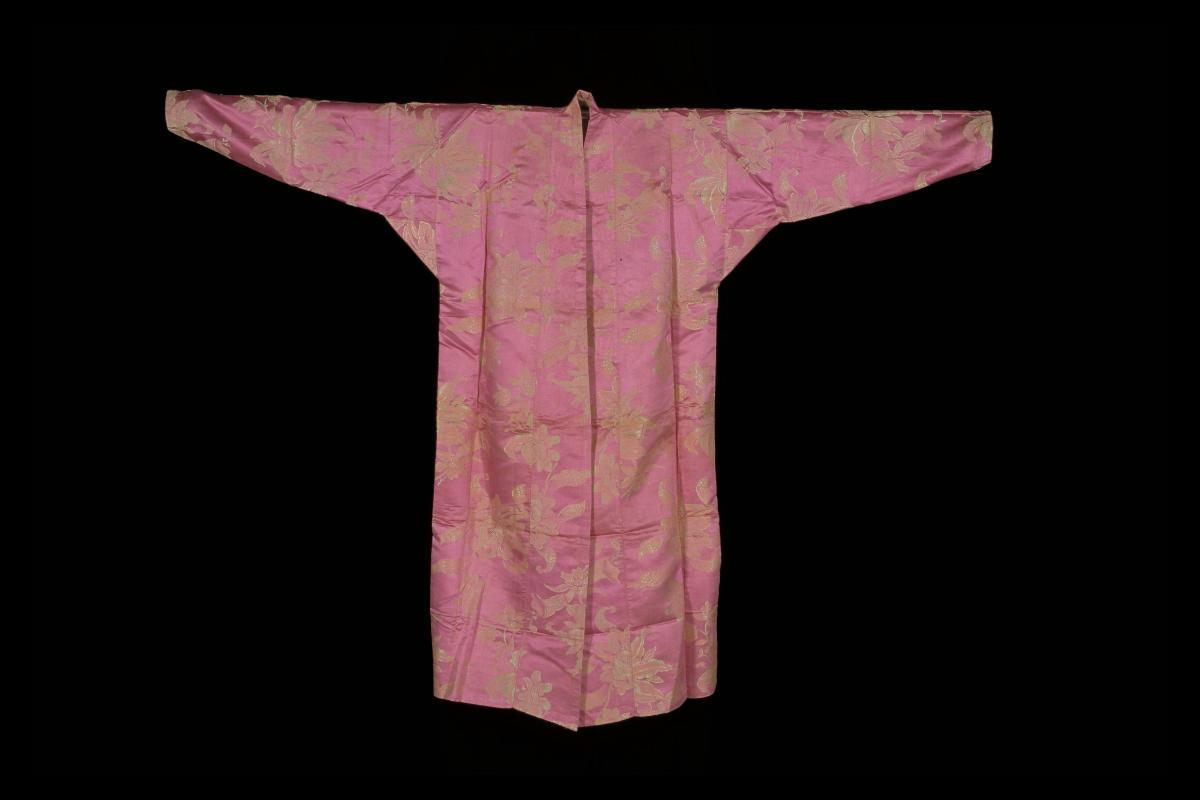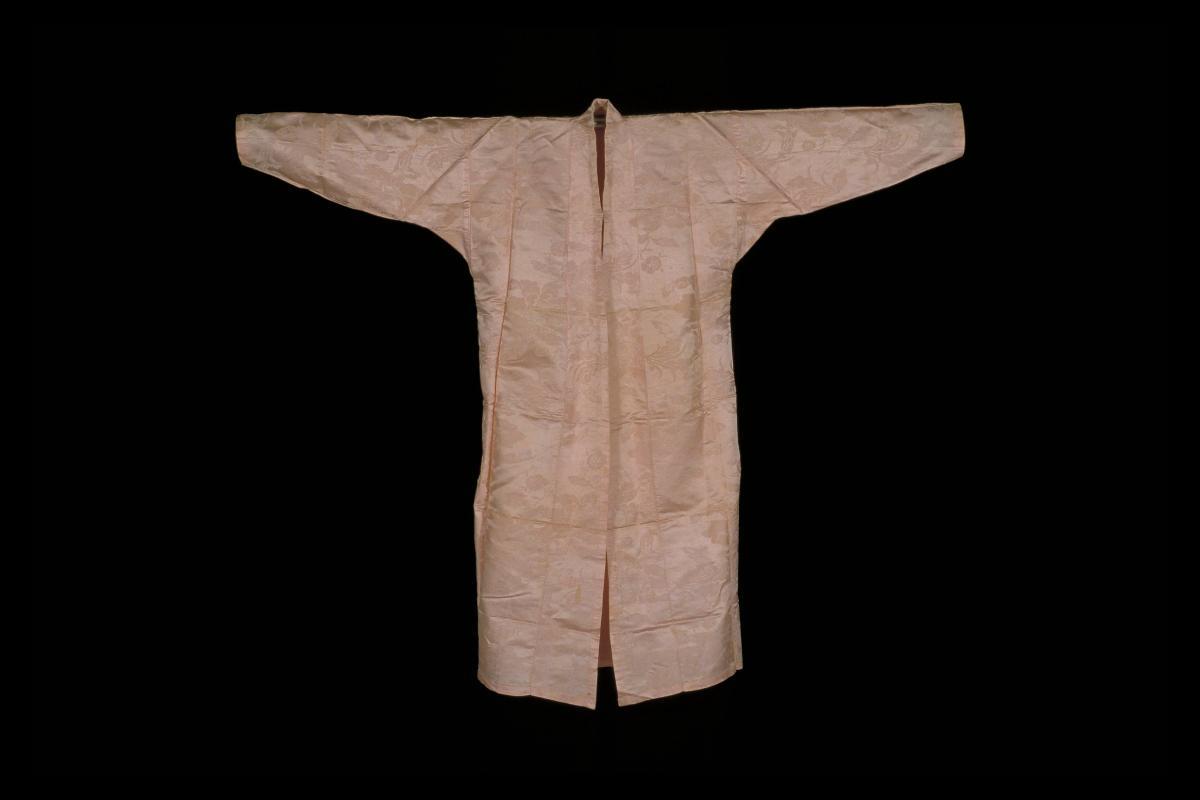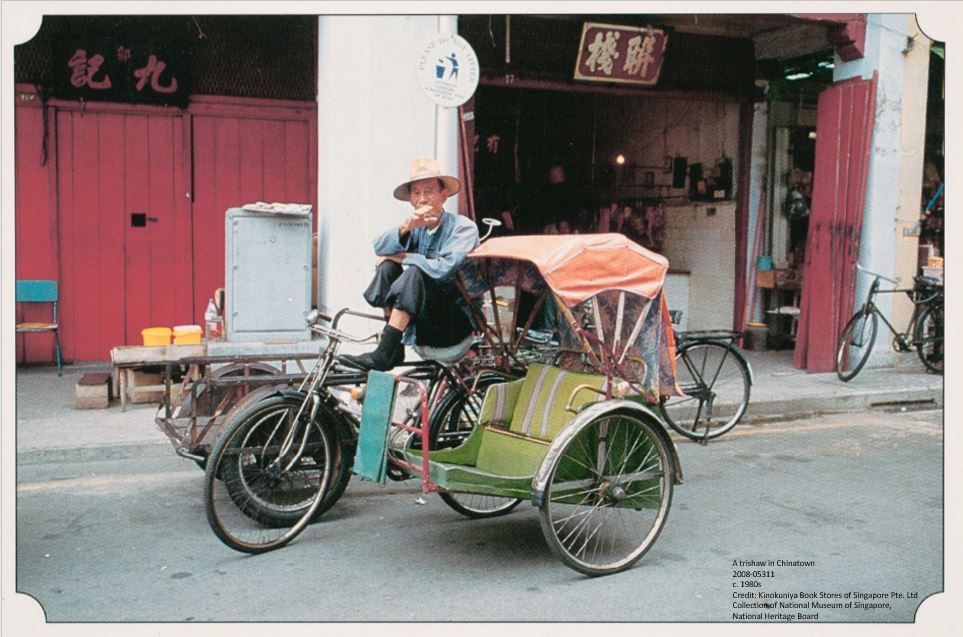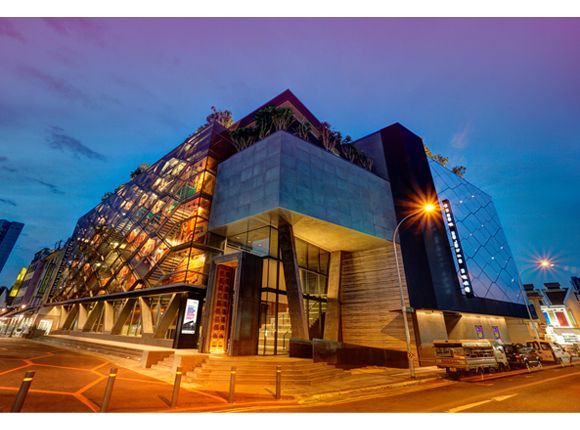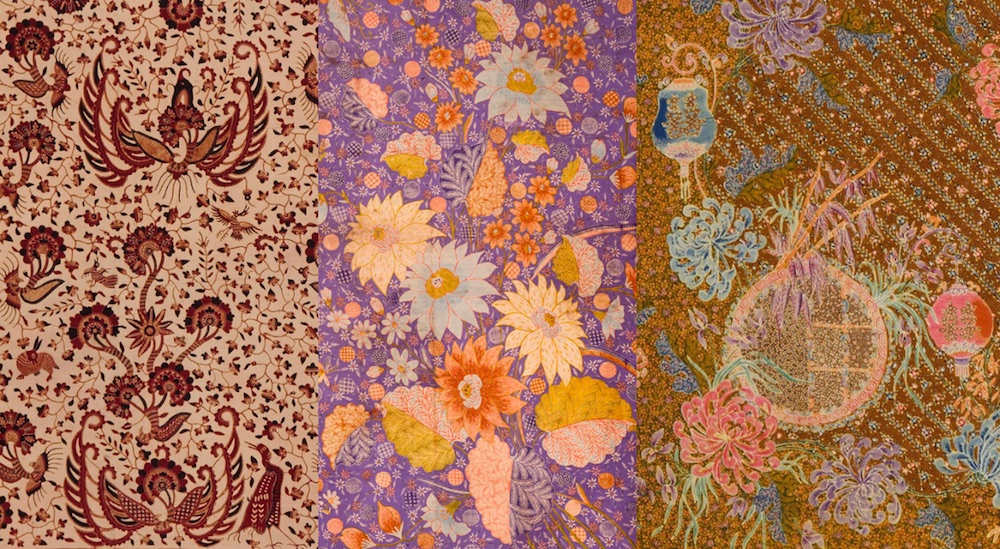MUSESG Volume 14 Issue 1 – July 2021
Text by Geraldine Sim, Conservator (Textiles)
Read the full MUSE SG Vol 14. Issue 1
This baju panjang (Indonesian for ‘long dress’) from the Asian Civilisations Museum (ACM) Collection dates to around 1725–50 from South Sumatra. The Malay baju panjang is a long, loose coat once popular with both men and women. It relates to the Indo-Arabic banyan worn by Gujarati merchants and later became popular with Europeans. Malay popular tradition holds that the baju panjang was introduced with the arrival of Islam in the Malay World, which saw a more modest form of dress.
 After treatment, a cushion mount and collar support were customised for the garment’s display. Though creases remain, they have been relaxed and the collar is now better supported. Baju Panjang, South Sumatra, Indonesia, c. 1725-50, Collection of Asian Civilisation Museum
After treatment, a cushion mount and collar support were customised for the garment’s display. Though creases remain, they have been relaxed and the collar is now better supported. Baju Panjang, South Sumatra, Indonesia, c. 1725-50, Collection of Asian Civilisation Museum
The baju panjang shown here was fashioned from Indian trade cotton imported from the Coromandel Coast, resist-dyed and hand-painted with fine floral motifs. Though the garment appeared complete, a closer inspection revealed many stains, tears, holes and patch repairs. The repairs made using a similar fabric were likely done by the garment’s owner, suggesting that this garment had been cherished and worn frequently. However, these repairs have also altered the garment’s silhouette, resulting in areas with permanent creasing. To reduce stress on the creased fibres and to improve the look of the garment, creases were relaxed with a cool mist before being flattened under glass weights.
 Many small repairs were made in this area. These repairs were likely carried out by the owner, suggesting that this garment had been cherished and worn frequently. Baju Panjang, South Sumatra, Indonesia, c. 1725-50, Collection of Asian Civilisation Museum
Many small repairs were made in this area. These repairs were likely carried out by the owner, suggesting that this garment had been cherished and worn frequently. Baju Panjang, South Sumatra, Indonesia, c. 1725-50, Collection of Asian Civilisation Museum
A cushion mount was customised for the garment’s display. Though its distorted silhouette proved challenging as creasing could not be avoided, modifications were made to this mount during test-fitting to minimise this. A separate support for the collar was also created.
 A larger repair can be seen in this image alongside a crease that may have been caused by it—can you see it? (Lighting for the image differs here as a raking light was used to highlight the creasing.) Baju Panjang, South Sumatra, Indonesia, c. 1725-50, Collection of Asian Civilisation Museum
A larger repair can be seen in this image alongside a crease that may have been caused by it—can you see it? (Lighting for the image differs here as a raking light was used to highlight the creasing.) Baju Panjang, South Sumatra, Indonesia, c. 1725-50, Collection of Asian Civilisation Museum
This garment reminded me how privileged we are as conservators, working with artefacts that have so many stories to tell. This garment was particularly memorable because its physical condition shares with us a very human experience: the care we take with the things that are precious to us. This baju panjang is currently on display at ACM’s Fashion Gallery.








